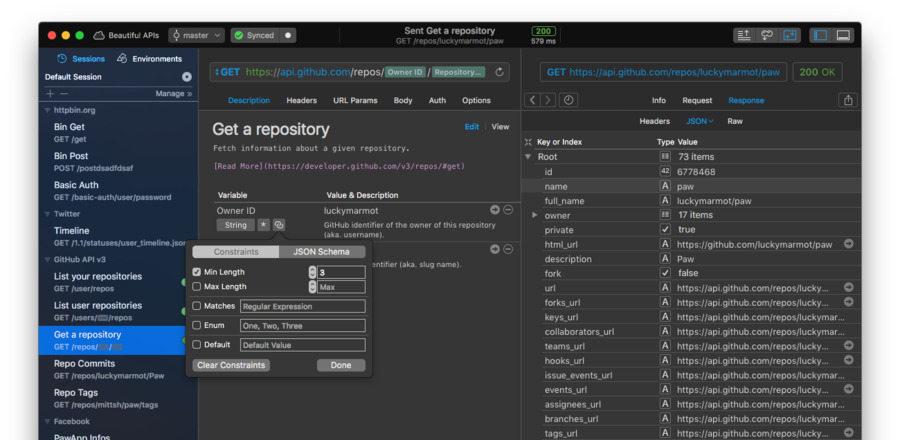

TIP: When starting out it is easy to confuse folder hieracrhy with node hierarchy. complex facts, features and information to keep in your head when it will come to interrogating and comparing across and within different files and cases? If so, see Chapter 12 in the book and the Chapter 12 exercise on, Organizing data 7.1.3 HIERARCHICAL STRUCTURES The relevant node Classification for Case Study A is illustrated in Figure XXX in Chapter 12 exercises.ĭo you have too much information i.e.

We describe this process in greater detail in Chapter 12 Exercises but see the Node folders below in Figure 7.1 which contain the structural nodes representing cases or respondents’ nodes for Case Study A, Young Peoples project – (these nodes are linked to a Node Classification –not illustrated which allows attributes to be assigned, based on their age, gender, nationality etc. Then to be efficient those nodes should be linked to a Node Classification (which in turn enables socio-demographic information to be applied).

In either case in NVivo each of those catchments of data need to be at their own node. You may additionally need to apply e.g socio-demographic information to whole data files - or to e.g. These nodes (applied in the same ways as thematic nodes) facilitate interrogation across individual cases or categories of respondent. The term ‘references’ in this context to be data sitting at or referenced byĮach Node of any sort can be linked directly to one memo – so that relevant analytic notes are easily accessible from the node itself 7.1.2 NODES - FOR ORGANISATIONAL PURPOSES
#HOW TO MERGE NODES IN NVIVO 12 MAC CODE#
Applying nodes etc., to passages of source data at a minimum, provides the basic code and retrieve actions needed to accumulate together, all the bits of data linked by common threads and themes. Codes or nodes can be your ideas about the data – they can be generated inductively or deductively, and may be refined, changed, grouped or deleted at any time. Node is a term which refers to a point in the NVivo database but a code label may be the name you give the node. In this handout, the terms nodes, codes, keywords, and themes are used similarly. Nodes (in the former case above) are containers for or links to data exemplars based on, conceptual ideas, themes, codes or more structurally (see below) for people, contexts, places etc. The step by step sections here are mainly about the application of thematic or reflective nodes. Nodes can be containers (like codes) which when they are applied to data enable retrieval or further organisation they can also be empty – for example they can act like hierarchical top-level codes with nodes underneath them which do contain or have been applied to, data.


 0 kommentar(er)
0 kommentar(er)
